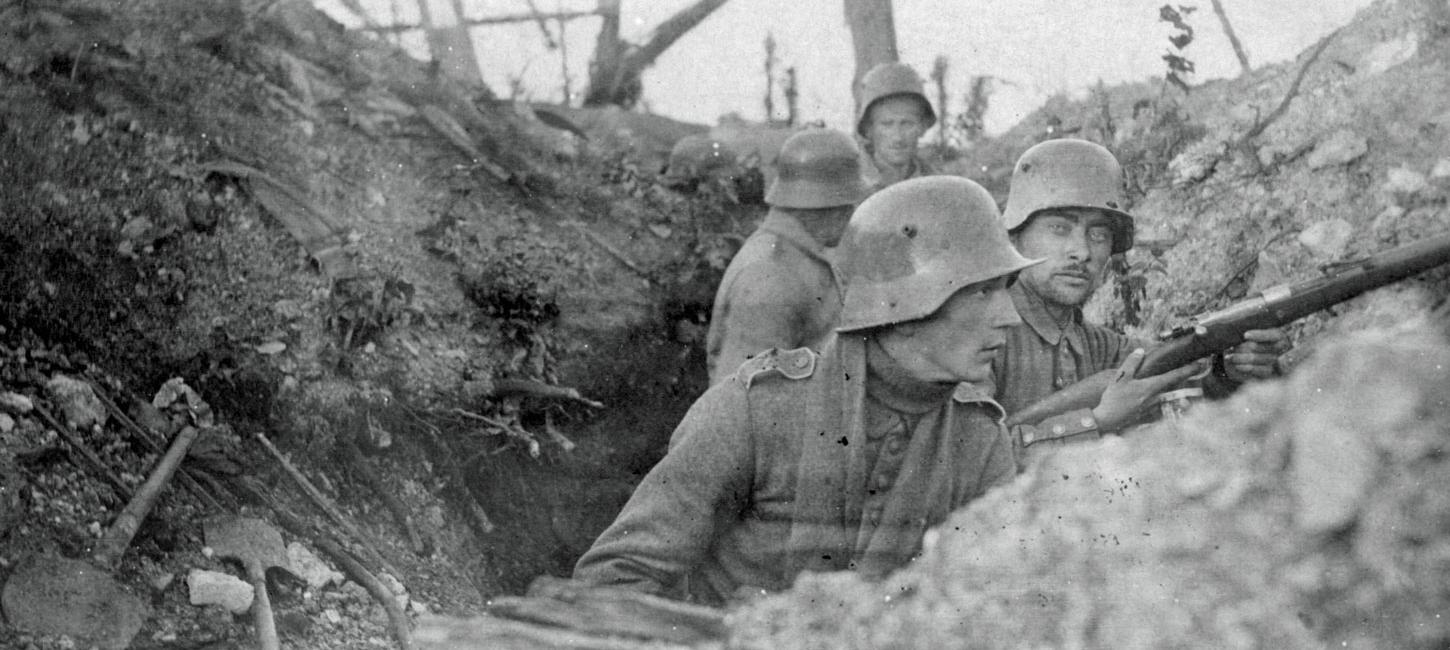War graves and memorials – First World War
At the vast majority of churchyards in Sønderjylland you’ll find memorials and graves for citizens of Sønderjylland that lost their lives in the First...

In Denmark as a whole, the First World War, which lasted from 1914-1918, doesn’t have a very prominent place in the national consciousness. Denmark wasn’t officially involved in the conflict, and only a few Danes played an active part in military operations.
The situation was somewhat different in Southern Jutland, however, which at the time was part of the German empire. In this case, the war was very much part of the lives of those living in Southern Jutland – and indeed every family was touched by the war in some shape or form. It’s estimated that some 35,000 inhabitants in Southern Jutland served in the German army, with 6,000 of them never returning home. This left deep scars on the region, also after Southern Jutland was reunited with Denmark in 1920.
The First World War was primarily known for its bloody battles of attrition in France and Belgium, extensive trenches, triplanes and terrible attacks using poison gas. However, the war also left its mark on Southern Jutland, evidence of which can still be seen today. Every churchyard in Southern Jutland has a memorial for the soldiers in the parish who fell during the war, whilst at Løgumkloster and Arrild there are special burial sites for the many prisoners of war that died in labour camps in the area.
Just outside Tønder the Germans established a base for airships – the so-called Zeppelins – which were used for bombing raids against the British. This base was bombed by the British in July 1918 – in what was actually the world’s first bombing mission involving aircraft that took off from the new aircraft carriers of the day.
Close to the former border to Denmark – between Skærbæk and Haderslev – the Germans established a defensive line of bunkers that still exist to this day. Here, interested visitors can explore the so-called Defence Line North.
On "The Great War 1914 - 1918" website you can follow the accounts of citizens from Southern Jutland from the First World War with a time lag of 100 years. Visit the site and read letters and accounts from the front, as well as how life was for those left behind in Southern Jutland. If you yourself are a descendent of individuals from Southern Jutland who fought in the First World War, then the website will enable you to find information about relatives that you might not know about. You’re also very welcome to contribute with your own knowledge of Southern Jutland during the First World War.
The Great War website (note: primarily in Danish)